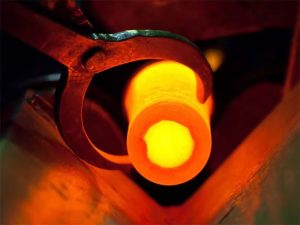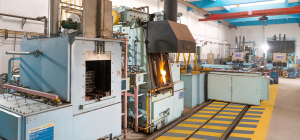Heat Treatment Process: A Key Technology for Optimization of Metal Properties
Introduction to Heat Treatment
It alters metal structure through heating, holding, and cooling to optimize strength, hardness, etc. Applicable to steel, aluminum, titanium, etc., with structural steel as the main focus.
Main Process Types
2.1 Annealing: Slow heating followed by furnace cooling, relieves stress and reduces hardness, used for pretreatment of cold-rolled plates and forgings.
2.2 Quenching + Tempering: Heating followed by rapid cooling to achieve high hardness; low-temperature tempering to eliminate brittleness, applied to gears, bearings, etc.
2.3 Surface Quenching: Only surface layer quenched, resulting in hard surface with tough core, used for machine tool guideways, crankshaft journals.
2.4 Chemical Heat Treatment: Carburizing, nitriding, etc., to strengthen surface layer, improve hardness and wear resistance, applied to cutting tools and dies.
Technical Advantages
Precisely regulate properties and extend service life; stable process, suitable for mass production; improve machinability.
Industry Applications
Mechanical Manufacturing: Strengthening of shafts and gears; Automotive Industry: Treatment of valves and gearbox gears; Aerospace: Optimization of turbine blades and landing gears; Mold Industry: Lifespan extension of cold stamping dies and die-casting dies; Tool Manufacturing: Hardening of cutting tools and measuring tools.


